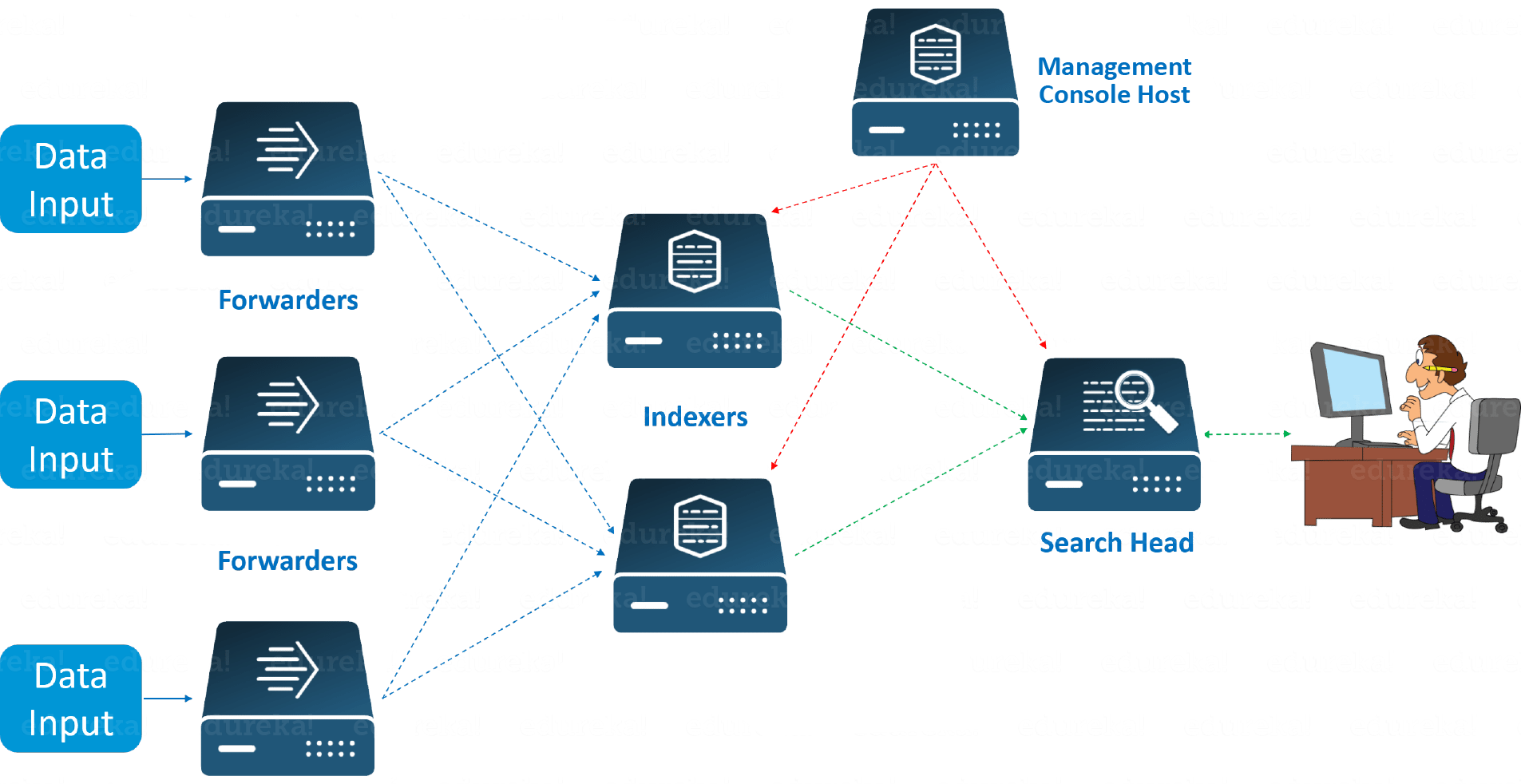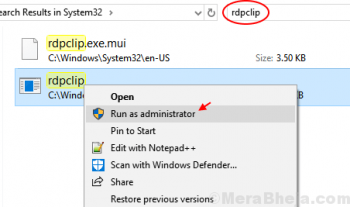The Sublime Text Editor is a well-known, lightweight, cross-platform source code and text editor that has a friendly working interface.
It has various built-in multifunctional Vim mode features.
The sublime editor supports various plugins, programming languages, snippets, APIs, and other markup languages like Html, PHP, C, Java, C#, asp, Latex. You can install new plugins to extend its functionality.
It has built-in different python based API's that are available in Windows, Linux, and Mac OS.
Here at LinuxAPT, as part of our Server Management Services, we regularly help our CUstomers to perform CentOS related packages installation tasks.
In this context, we shall look into how to install a sublime text editor through the command line for the desktop CentOS 8 environment.
How to install Sublime Text Editor through Command-line on CentOS ?
Ensure that you carry out this task as the root user with sudo privileges.
Then, follow the steps given below to install the Sublime text editor.
1. Import sublime text repository’s GPG key
Open the terminal application from the sidebar of the Desktop and type 'su' command to login as administrator.
Enter the password of the administrative user.
Now, you don't need to use 'sudo' at the start of each command. It allows you to run any administrative command for the installation of new applications.
Run the following command to import the official sublime text repository's GPG key:
# rpm -v --import https://download.sublimetext.com/sublimehq-rpm-pub.gpg2. Include Yum repository
Now, execute the following command in order to add the Yum repository to your CentOS 8 system:
# wget -P /etc/yum.repos.d/ https://download.sublimetext.com/rpm/stable/x86_64/sublime-text.repo3. Install Sublime Text Editor
Once the repository is added and enabled, execute the following command in order to install the Sublime Text Editor on CentOS 8 system:
# dnf install sublime-textTo get the new version of CentOS distribution, you need to follow the 'dnf' command.
The confirmation options in terms of (Y/N) to be displayed on the terminal. Press 'y' in order to confirm and proceed with the installation of the Sublime Text editor.
In a while, the installation will complete on your system that means Sublime Text Editor is now installed on your system.
Note: A Sublime editor is proprietary software. By following the above method, you can download it free for personal use.
But, if you need this editor for long-term use then, you are required to purchase the license of this software to run it on your system.
4. How to Launch Sublime Text on CentOS 8 ?
You can launch or access the Sublime Editor interface through the command line by using the below-given command:
# sublThis will display Sublime text editor window on your desktop.
Alternatively, You can also access the sublime window through the graphical interface.
To do this:
i. Click on the 'Activities' and from there, type the 'Sublime' in the search bar.
ii. The sublime application icon will show in the result.
iii. Click on the Sublime editor icon to launch this application.
How to Uninstall or Remove Sublime Text Editor from CentOS 8 ?
If you feel you don’t need this application then, you can easily uninstall the Sublime Text Editor on your CentOS 8 system in order to free up more space.
Use the following command to uninstall or remove the Sublime text editor from the CentOS machine:
# dnf remove sublime-textFinally, Press 'y' in order to complete the removal process.
[Need urgent assistance to fix Linux related errors? We are available to help you today. ]
Conclusion
This article covers how to install sublime text editor on the CentOS 8 system through the terminal. Sublime text editor is quite similar to vim editor. Sublime text has a built-in Python API available in Windows, Linux, and Mac OS.
To install Sublime Text on Ubuntu:
1. Install the GPG key:
$ wget -qO - https://download.sublimetext.com/sublimehq-pub.gpg | sudo apt-key add -2. Ensure apt is set up to work with https sources:
$ sudo apt-get install apt-transport-https3. Select the channel to use:
i. Stable
$ echo "deb https://download.sublimetext.com/ apt/stable/" | sudo tee /etc/apt/sources.list.d/sublime-text.listii. Dev
$ echo "deb https://download.sublimetext.com/ apt/dev/" | sudo tee /etc/apt/sources.list.d/sublime-text.list4. Update apt sources and install Sublime Text:
$ sudo apt-get update
$ sudo apt-get install sublime-text
To fix yum-config-manager command not found:
You need to Install yum-utils by running the command below:
$ yum install yum-utils
This article covers how to install sublime text editor on the CentOS 8 system through the terminal. Sublime text editor is quite similar to vim editor. Sublime text has a built-in Python API available in Windows, Linux, and Mac OS.
To install Sublime Text on Ubuntu:
1. Install the GPG key:
$ wget -qO - https://download.sublimetext.com/sublimehq-pub.gpg | sudo apt-key add -2. Ensure apt is set up to work with https sources:
$ sudo apt-get install apt-transport-https3. Select the channel to use:
i. Stable
$ echo "deb https://download.sublimetext.com/ apt/stable/" | sudo tee /etc/apt/sources.list.d/sublime-text.listii. Dev
$ echo "deb https://download.sublimetext.com/ apt/dev/" | sudo tee /etc/apt/sources.list.d/sublime-text.list4. Update apt sources and install Sublime Text:
$ sudo apt-get update
$ sudo apt-get install sublime-textTo fix yum-config-manager command not found:
You need to Install yum-utils by running the command below:
$ yum install yum-utils











